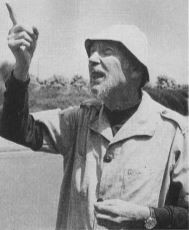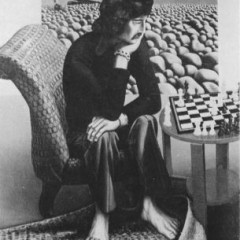10:5
The translator society had fulfilled its purpose, and operation of the new station became the responsibility of Radio Taranaki, the corpora- tion, after much discussion, having bought the society's equipment. On October 26, 1967, at a public meeting, the North Taranaki Translator Society was officially wound up. Its surplus funds were distributed to the Taranaki Health Camp Society ($90), the Taranaki Medical Education Research Society ($1000) and the Taranaki Centre of the New Zealand Cancer Research Society ($2662).16 One of the early successes of the new translator came in March, 1967, with the nationwide coverage of the first cricket 'test' to be played at Pukekura Park between New Zealand and Australia. Testing and proving the TV link went on for a month, the signal being sent from the park to the Hen and Chickens, to Warite Peak, to Wellington, and rebroadcast through the Normal WNTV channel back to the Hen and Chickens to receivers in New Plymouth. One enterprising viewer installed a set on the outskirts of the crowd and watched the game in two dimensions. The same month another event of important was the coverage of the State opening of Parliament which the nation's Press hailed as 'Television's coming of age.'
The next important development was the coming of colour. This had been enjoyed by all the main centres for many months, but it was not until August 4, 1974, that New Plymouth views were so privileged. Such was its success that dealers reported overnight a remarkable rise in the sale and renting of colour sets. When the second television channel was introduced in 1975 viewers in the city were deprived of this signal because it would be 'at least three years' before NZBC could install the necessary equipment. This aroused much controversy, and complaints that television licence holders were paying $45 for two services and receiving only one, from TV One in Wellington. (The Auckland TV 2 signal could be received in very poor quality with the help of a large and expensive aerial which required extremely strong guying to combat the wind.) In response to continued agitation the Taranaki Herald launched a campaign in July, 1976, which was taken up by MP for New Plymouth, Tony Friedlander, with the result that the corporation agreed to advance its technical programming by two years. On March 16, 1977, the necessary equipment had been installed and TV Two (South Pacific Television) was received in the city in strength almost equal with the signal from TV One. By 1980 there were 26,000 television licences in the Taranaki postal district, and one dealer estimated that only one dwelling in 20 was without an aerial.


